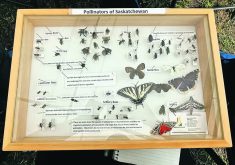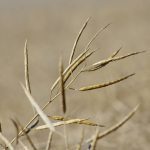A grain and cattle producer from Saskatchewan calls a mixture of 15 different crop varieties ‘Mother Nature’s blueprint’
GALAHAD, Alta. — Cattle producers across the Prairies are beginning to use a mix of several different seed varieties in a single cover crop for high-quality feed, said an agrologist during a field day.
“Farmers are looking at it for better yields and high quality feed,” said Adam Smith, sales manager for Covers and Co.
“The cattle producers are looking for a better way to put up feed.”
Smith called the mixture of 15 different varieties of seed “Mother Nature’s blueprint.” It’s a combination of cereals, legumes and brassicas to replicate nature and have a variety of plants to feed the soil and the cattle.
The mixture could include forage oats, purple top turnips, Italian ryegrass, spring triticale, daikon radish, forage peas, berseem clover, forage barley, genetically modified-free soybeans, sorghum sudangrass, buckwheat, sunflower, German millet, flax and hairy vetch.
Depending on the blend, the seed costs about $80 per acre and yields about 65 to 75 percent of a good corn crop, plus the mixture regrows and can be grazed after cutting.
Smith, a grain and cattle farmer at Beechy, Sask., said the cover crop is ideal on his farm. It keeps forages in the rotation on the years he breaks up hay crops.
The cover crop takes 55 to 60 days to maturity, ready for silage or greenfeed, but some farmers leave the crop until 75 days to harvest to gain more yield.
“The harvest window is really long. The harvest window can be two to three weeks. If you want higher protein, take it earlier, or later if you want more tonnage.”
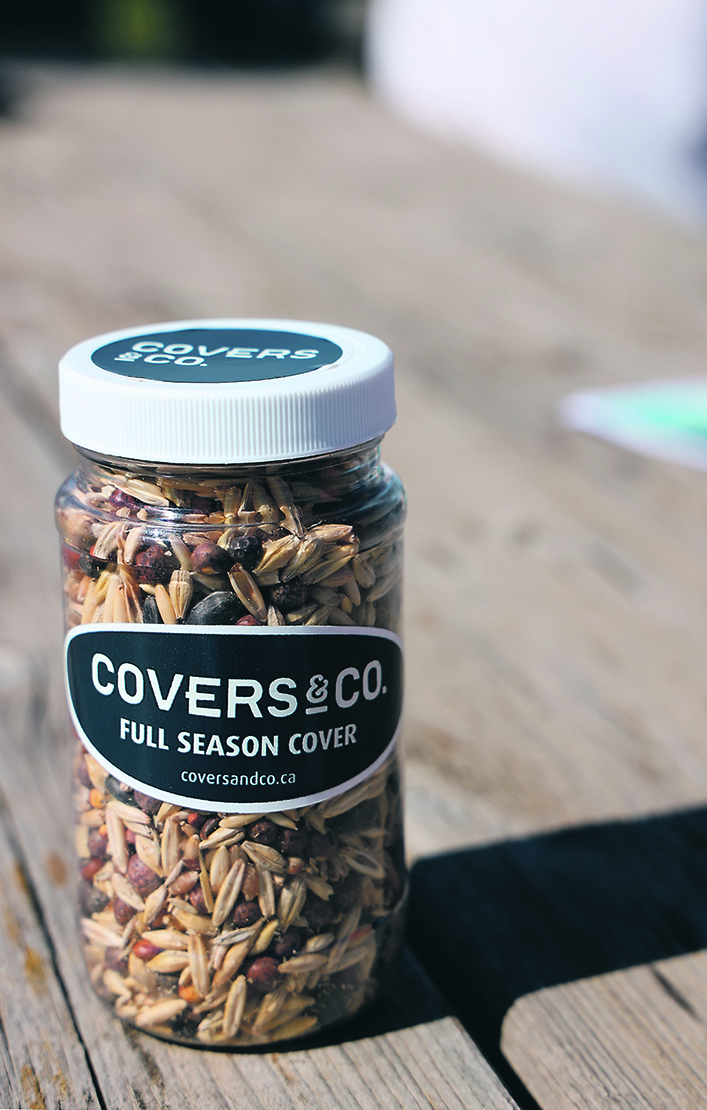
Because of the variety of plant species, no herbicide, fungicide or insecticides are used and limited fertilizer is added during seeding. Adding nitrogen fertilizer gives crops like oats a head start and limits the legumes and slower-growing crops.
“You don’t want them all maturing at the same stage and you don’t want to seed heavy because you don’t want one to dominate,” Smith told farmers at the Battle River Research Group’s field day.
“The whole system is made to work without fertilizer.”
The combination of species creates a biologically rich soil and the following year, Smith recommended seeding durum, oats, wheat or corn.
Farmers turn to the cover crop mixture for good yields, but also to build soil fertility, he said.
In some provinces, 85 percent of the cost of the seed and custom seeding is covered by government programs as part of carbon sequestration programs.

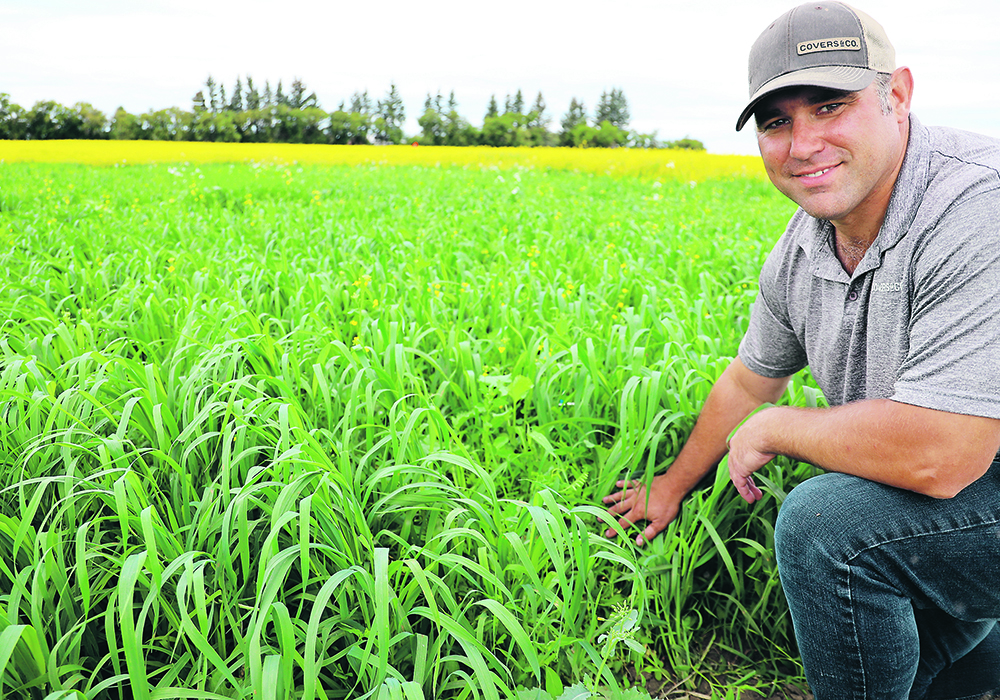

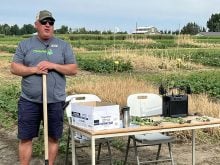
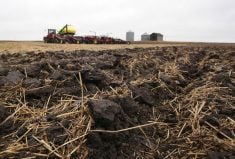
![A top-down approach [to regenerative agriculture] can work, maybe, but it does have limitations. Some food and agriculture companies have realized that this movement should be handed back to farmers, says University of Washington geologist David Montgomery. | File photo](https://static.producer.com/wp-content/uploads/2024/10/22141434/03-RKA121018_david_montgomery2-235x165.jpg)


